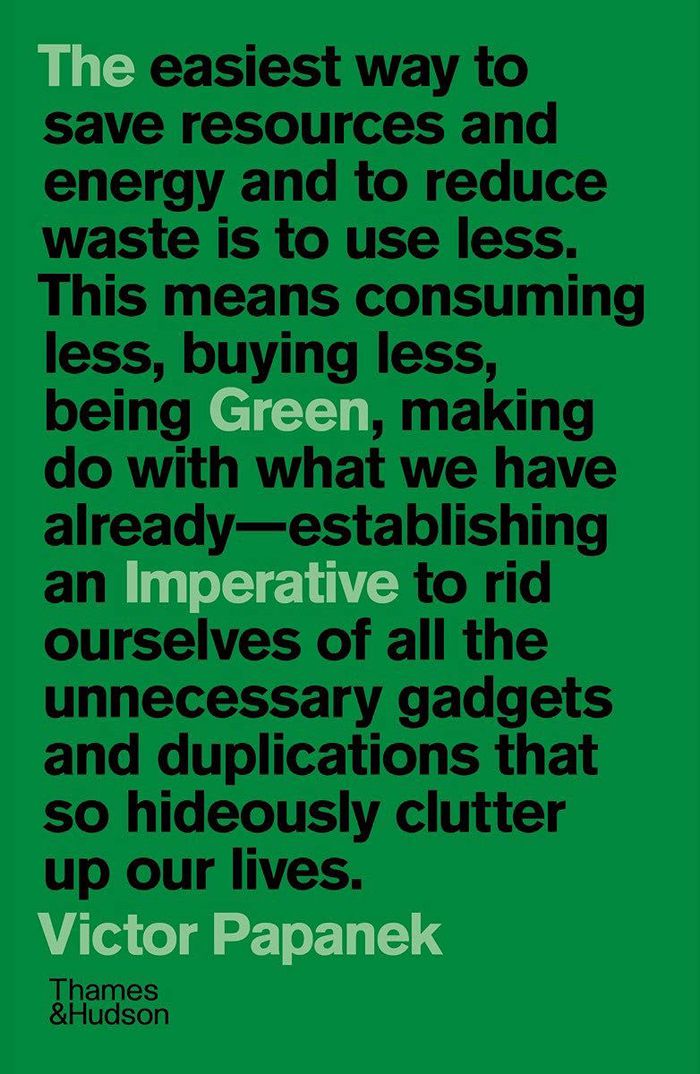$22.95
(disponible en magasin)
Résumé:
Whether it’s horror at the plastic littering the world’s beaches or despair at the melting polar ice caps, the world is gradually waking up to the impending climate disaster. In ''The green imperative,'' Papanek argues for design that addresses these issues head-on. This means using materials that can be recycled and reused, no more pointless packaging, thinking about how(...)
The green imperative: Ecology and ethics in design and architecture
Actions:
Prix:
$22.95
(disponible en magasin)
Résumé:
Whether it’s horror at the plastic littering the world’s beaches or despair at the melting polar ice caps, the world is gradually waking up to the impending climate disaster. In ''The green imperative,'' Papanek argues for design that addresses these issues head-on. This means using materials that can be recycled and reused, no more pointless packaging, thinking about how products make us feel and engage all our senses, putting nature at the heart of design, working at a smaller scale, rejecting aesthetics for their own sake, and thinking before we buy. First published at the end of the twentieth century, this book offered a plethora of honest advice, clear examples, and withering critiques, laying out the flaws of and opportunities for the design world at that time. A quarter of a century on, Papanek’s lucid prose has lost none of its verve, and the problems he highlights have only become more urgent, giving today’s reader both a fascinating historical perspective on the issues at hand and a blueprint for how they might be solved.
Design pour un monde réel
$48.95
(disponible sur commande)
Résumé:
Réédition critique en français d'un ouvrage absolument précurseur et fondamental pour l'inclusion des problématiques sociales, environnementales et des enjeux de durabilité dans les démarches de conception : le manifeste d'une reconfiguration radicale du domaine du design, de ses formes mais surtout de sa mission.
Design, monographies
septembre 2021
Design pour un monde réel
Actions:
Prix:
$48.95
(disponible sur commande)
Résumé:
Réédition critique en français d'un ouvrage absolument précurseur et fondamental pour l'inclusion des problématiques sociales, environnementales et des enjeux de durabilité dans les démarches de conception : le manifeste d'une reconfiguration radicale du domaine du design, de ses formes mais surtout de sa mission.
Design, monographies

